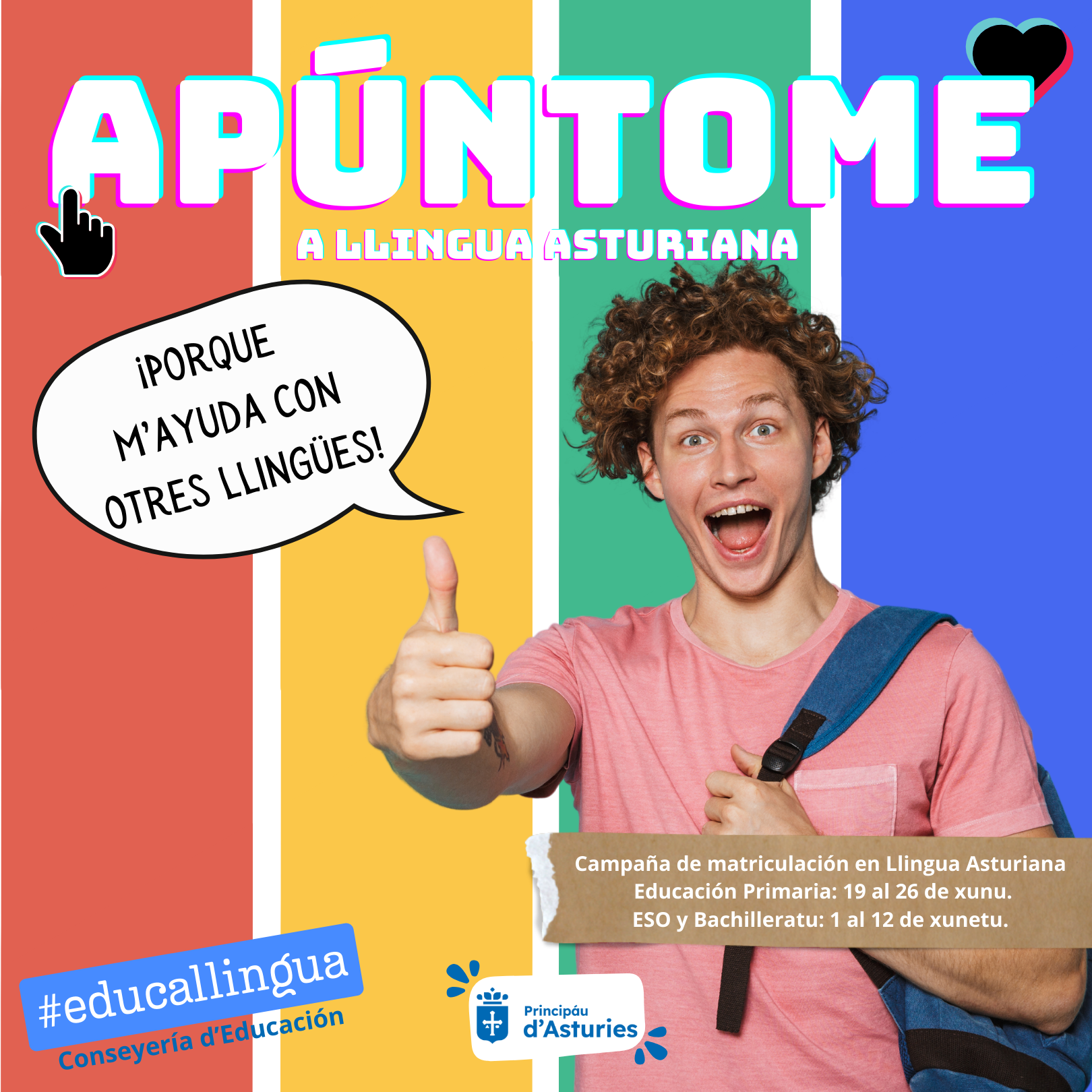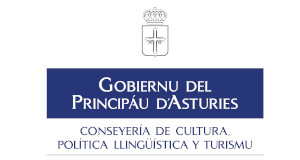Asturian pre-romanic art





Throughout its existence, the kingdom of Asturies was to legitimise
its ideal of the State through an ideological programme whose fundamental
base for the expression of a concept of civility, of prestige and differential
singularity was artistic. In this way, between the seventh and tenth centuries,
affirming itself in the unity of the kingdom and in the firm willpower of
its monarchs, the genesis and splendour of an artistic production of rich
variety within a characteristic pattern saw the light; that which Jovellanos
would later call Asturian Art, and which would form an essential part of
the complex world of western Pre-Romanic art. Scholars have since identified
four stages or periods in the evolution of Asturian Pre-Romanic art:
a) The Paleoasturian (722-791), which coincided with the beginnings of the
Asturian monarchy;
b) The reign of Alfonso II (791842), a period of political and ideological
consolidation with the building of Oviedo as the Regia Sedes;
c) Ramirian art, which coincides with the reign of Ramiro I (842-850); and
d) The reign of Alfonso III El Magno(866-910), a period of expansion and
repopulation of the kingdom and of the founding of palacial buildings which
were to be the cause of a rich eclecticism in León, Palencia, Galicia
and the north of Portugal.
Within this blossoming of culture we may emphasise an architecture of extraordinarily
original beauty in its ornamental motifs and constructive solutions to architectural
connundrums, especially in its painted murals (the church of San Julian
de los Prados) and its very own architectonic decoration achieved through
a plasticity of structural elements (Palacio de Santa Maria del Naranco,
San Miguel de Lillo ... ), not forgetting work with jewels and precious
metals such as the Cruz de los Angeles(Alfonso II), or the Cruz de la Victoria
(Alfonso III), symbol of the kingdom of Asturias and the actual shield and
flag of the country, mounted on a wooden standard which tradition states
Pelayo carried into combat at the battle of Cuadonga.









